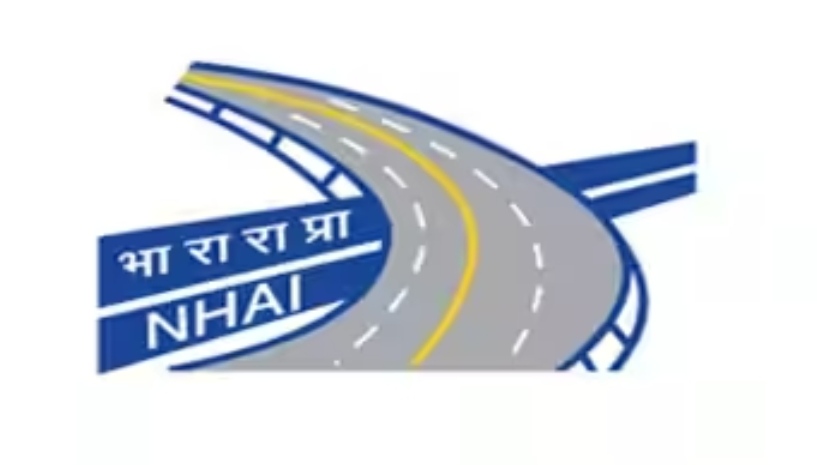The length of these roads will be 522 km and cost Rs 39,477 crore. Uttar Pradesh will have six expressways covering 1,344 km at a cost of Rs 50,333 crore.
The National Highways Authority of India (NHAI) has identified 53 road projects worth Rs 2.1 trillion to be developed through the Build Operate Transfer (BoT) model. This marks a major shift in resource generation strategy, after years of low risk as private capital pushed the debt burden to very high levels.
About 5,214 km of high traffic road sections will be developed through BoT. The maximum number of BOT projects (14) will be in Maharashtra. The length of these roads will be 522 km and cost Rs 39,477 crore. Uttar Pradesh will have six expressways covering 1,344 km at a cost of Rs 50,333 crore.
Jammu and Kashmir, Haryana, Punjab, Rajasthan, Telangana and Uttrakhand will get six new 490 km long highways on the BoT at a cost of Rs 15,600 crore. Seven projects in Andhra Pradesh and four projects in Bihar will be developed at a total cost of Rs 28,027 crore. The four BoT projects in Tamil Nadu will generate investments worth Rs 26,061 crore. As per the Centre’s ‘Vision 2047’ plan, a large number of high-speed corridors are expected to be developed. According to a statement by NHAI, strong public-private partnerships in road sector development will play a key role in achieving this vision.
The government wants to promote BOT to attract private participation in highway construction. In the BOT model, the concessionaire will build and operate the expressway, thereby saving government resources. However, in some cases, the BOT model also supports capital up to 40%.
In 2007 and 2014, only BOT was used to build the expressway. With conflicts and delays in the system, the pace of highway construction has slowed significantly.
During 2018-19 and 2019-20, no road concessions were awarded under the BOT model. The problems faced by the BOT have been resolved and contractors are ready to restart highway bidding under this model, officials said. In recent years, almost the entire cost of highway construction has been covered by the government through the Hybrid Annuity Model (HAM) and Engineering, Procurement and Construction (EPC). This led to a sharp increase in budget support to NHAI. This year, the budget will provide Rs 1.62 lakh crore to NHAI, compared to Rs 1.41 lakh crore last year. In 2021-22, NHAI collected Rs 57,081 crore from the budget and the rest from debt.
From Budget 2022-23, NHAI is no longer allowed to raise funds through bonds.
To make BoT more attractive, changes have been proposed in the BOT (Tolling) Model Concession Agreement (MCA) to address concerns and clearly remove barriers faced by stakeholders. officials issued. The proposed changes include various provisions aimed at eliminating discrepancies, such as determining termination fees, changing actual traffic-based incentive (PCU) periods related to vehicle groups Toll facilities, actual traffic capacity exceeds the rated capacity to check and compensate for travel delays. Partial jurisdiction as well as force majeure events result in clearly defined termination fees prior to project completion with a new buyout clause in the event of additional toll highways/competing routes .
For more information, visit at https://happenrecently.com/zepto/?amp=1

